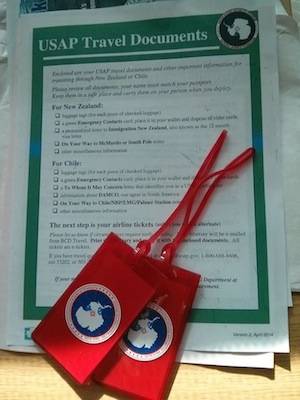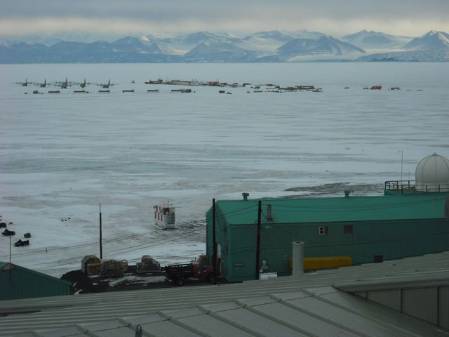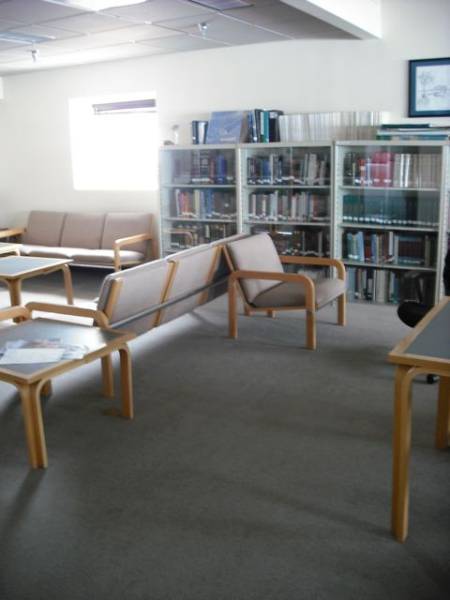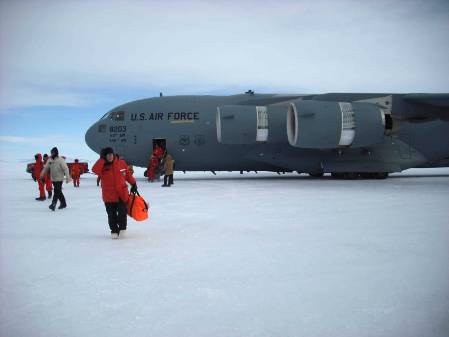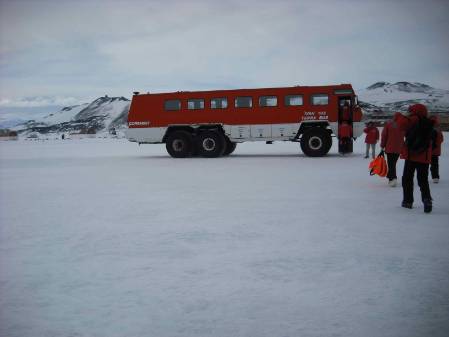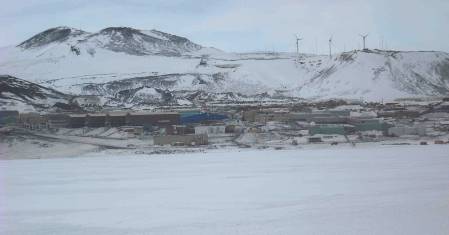After a day of busy packing, submitting a request for a helicopter and some sequence data analysis, I went for an evening walk. It was a cloudy day and a little chilly as well. Over summer around 1,000 people are at McMurdo station and therefore you can find a little bit of everything that you would also find in any small town or village around the world.
Scott's Discovery Hut and McMurdo Station.
Cary labs, where a lot of the science is happening.
McMurdo shop.
1386 Views
0 Comments
Permalink
Tags:
fieldwork,
zoology,
antarctica,
discovery_hut,
mcmurdo_station,
field,
fieldwork_in_antarctica






